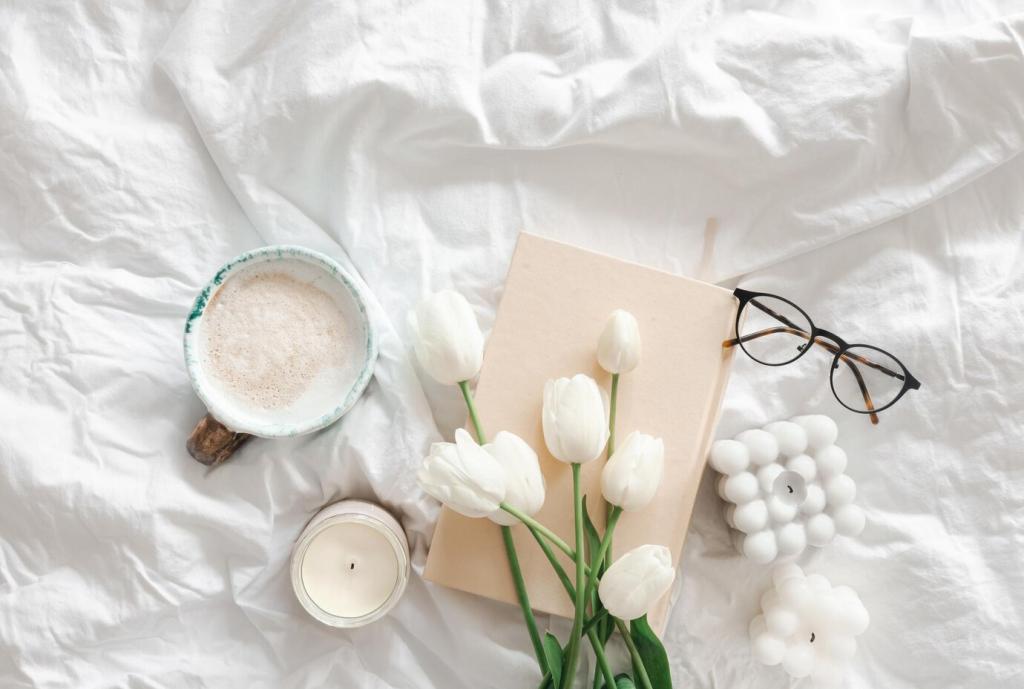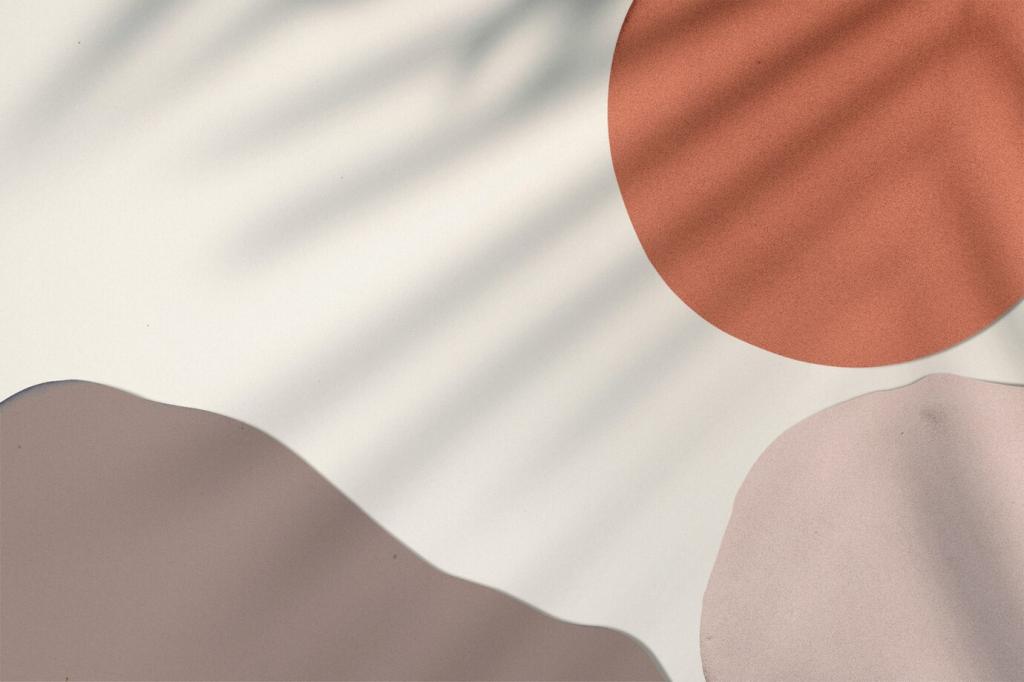
Essential Elements in Minimal Landscape Design
Minimal landscape design is rooted in the philosophy of simplicity, harmony, and purposeful space. It emphasizes the importance of each element by removing the unnecessary, allowing both hardscape and planting to shine through intentional choices. Focusing on form, texture, and restrained materials, this approach fosters serenity and balance within your outdoor environment. Minimalism in landscape design goes beyond aesthetics, shaping spaces that encourage mindful interactions and provide a peaceful respite from the busyness of daily life.
Spatial Clarity and Function
Defined Boundaries
Establishing clearly marked boundaries is vital in a minimalist garden. These can be created with low walls, hedges, or changes in surface texture, all subtly guiding movement without overwhelming the senses. Defined borders bring a sense of structure to the space, ensuring each section feels cohesive and intentional. The interplay of openness and enclosure creates a feeling of comfort while preventing the garden from feeling stark.
Thoughtful Pathways
Pathways shape the journey through a minimal landscape, connecting areas and providing visual rhythm. The choice of material, lines, and spacing all influence the perception of simplicity while leading guests intuitively through the space. Smooth transitions between different zones—like from a dining terrace to a quiet lawn—ensure that the landscape remains organized, practical, and serene.
Space for Pause
Embracing negative space is a cornerstone of minimalism. Providing areas devoid of visual or physical clutter allows for moments of pause and contemplation. These open spaces serve as breathing rooms for the eye and mind, enhancing the beauty of the few, carefully selected focal points. Incorporating voids is not about emptiness, but rather about creating opportunities for reflection within the landscape.

Repeating a few plant varieties lends cohesion and rhythm to a minimalist garden. Whether through rows of ornamental grasses or clusters of sculptural shrubs, repetition unifies the design, creating a deliberate and tranquil setting. Choosing plants with strong outlines or interesting textures allows each specimen to stand out, making simple arrangements appear artful.

In minimal design, the understated beauty of foliage often takes precedence over showy blooms. Leaf color, shape, and structure create subtle visual interest that endures through the seasons. Using evergreens or plants with striking silhouettes ensures year-round appeal while supporting the restrained aesthetic. Flowers, when present, are typically sparse and chosen for their architectural qualities.

A limited palette heightens awareness of subtle seasonal changes. Deciduous trees offer shifting patterns of shade and light, while grasses and perennials sway gently with the wind. Strategic plant selection highlights transitions—whether it’s the russet colors of autumn or the crisp greens of spring—without excess or distraction. This celebrates nature’s rhythms within the discipline of simplicity.
Material Selection and Texture
Natural Surfaces
Stone, wood, and gravel are preferred for their timeless appeal and ability to blend with the surrounding environment. These materials gain character over time and hold a quiet beauty that supports minimalist values. Their textural qualities offer visual interest and tactility without resorting to ornamentation. Each surface is carefully finished and arranged to highlight its innate properties.
Subtle Contrasts
In the absence of elaborate decoration, minimal gardens rely on contrasts in texture, color, or finish for interest. The interplay between smooth concrete and coarse stone, or warm wood against cool metal, introduces depth while respecting the overall restraint. These juxtapositions are thoughtfully balanced to avoid visual noise, ensuring that the eye is drawn gently from one element to the next.
Consistency and Unity
Selecting a tightly curated set of materials brings unity to the design. When paving, walling, and features share hues and finishes, the garden feels seamless and uncluttered. Consistency minimizes distraction and enhances the impact of sculptural forms or focal points. This discipline amplifies the calming atmosphere that characterizes minimal landscapes.
